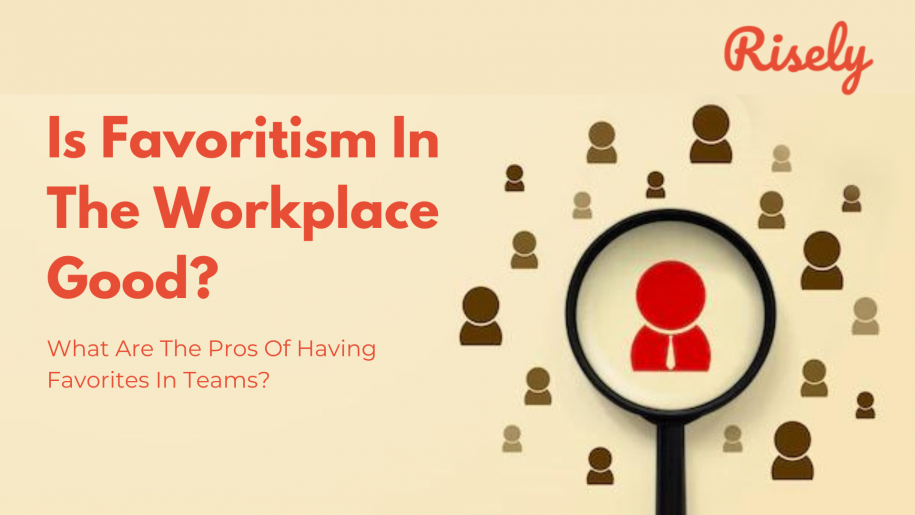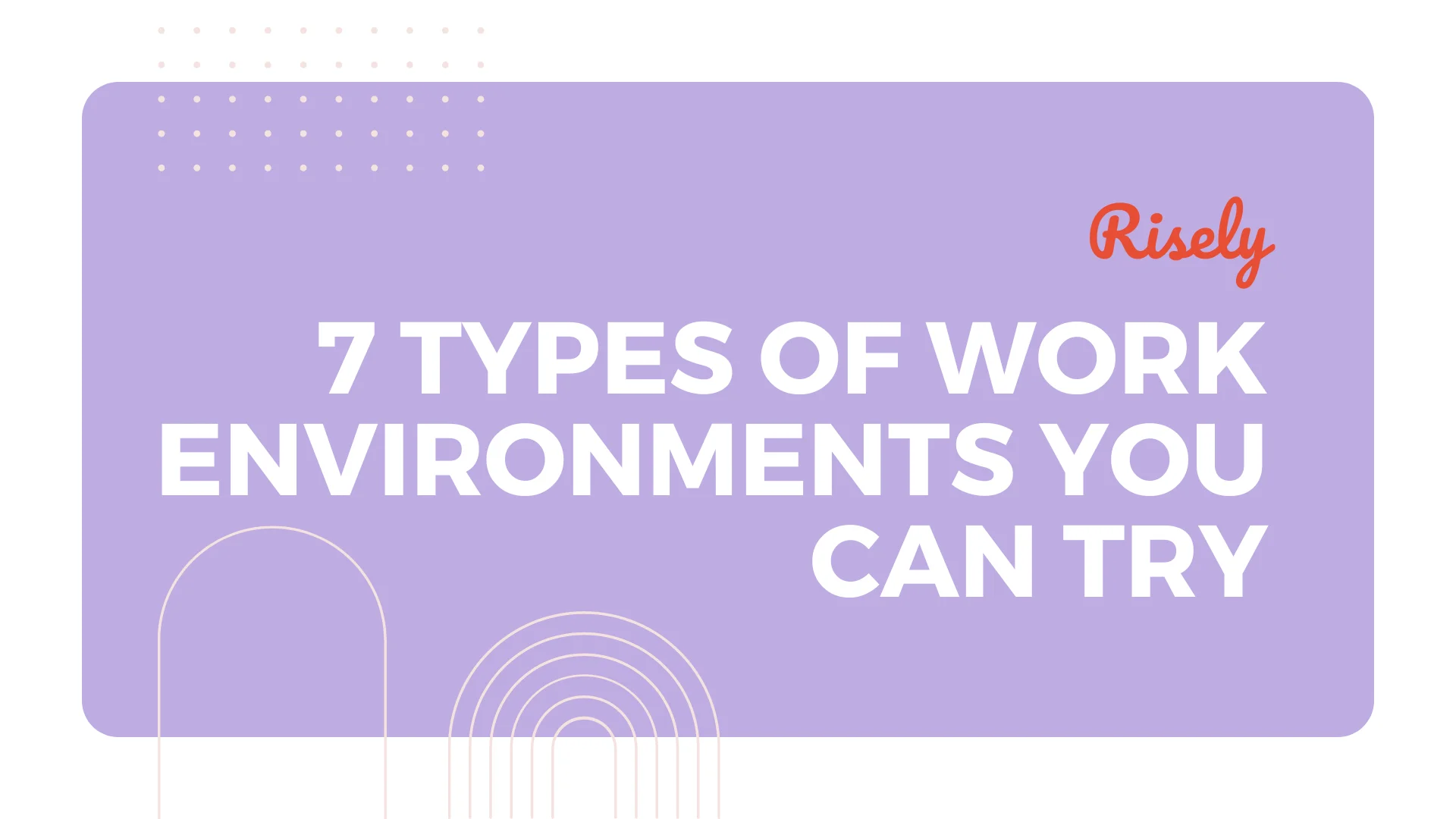Is favoritism in the workplace good? What are the pros of having favorites on a team?
We usually adopt a negative view when we hear of favoritism in the workplace. Favors are typically seen to be unfair and harmful to team cohesion. And it’s true- favoritism at work can often be a problem in the workplace. It can create tensions and conflicts, as favored individuals may become over-confident and take advantage of their position. However, there are several benefits to favoritism in the workplace. In this blog, we will unravel a view that is not so common: the benefits of having favorites in your team. So let’s look at the pros of having favorites in the workplace and decide for ourselves whether or not favoritism is positive for the team!What is favoritism in the workplace?
Favoritism is the act of favoring a particular person, group, or thing. It is usually not based on their job performance or the exceptional efforts they made for the team. Instead, the basis is typically a personal or preferential relationship. In the workplace, favoritism can be seen as discrimination against those who are not favored. Favors may be given to members of your team for any reason. All in all, favoritism does ease things for the person receiving it. They might get handed a great project or some relaxation with the deadlines. In the workplace, favoritism can be a tricky thing to navigate. On the one hand, it can be good for the team if it leads to better decision-making and higher morale. On the other hand, favoritism can become a balancing act – do enough favors, so people don’t feel forgotten, but not too many so that other people feel taken advantage of or exploited. In the end, it’s important to be aware of the feelings of those around you and make the right decision for the team. While there are certainly some disadvantages to favoritism in the workplace, there are also potential benefits. Favored individuals may become over-confident and take advantage of their position. Additionally, those who receive too many favors can start feeling entitled and untouchable. It’s important to weigh these pros against the cons before deciding whether or not favoritism is good for your team.The benefits of favoritism in the workplace
In the workplace, favoritism can greatly reward employees for their hard work and dedication. It can lead to better work performance, as employees feel appreciated and valued. Favored employees are usually those who have shown themselves to be reliable and helpful in the past and receive preferential treatment when it comes to assignments, etc. Generally speaking, favoritism is seen as a positive thing by most employees – so long as it’s not abused! The advocates will proudly say that if performance is disproportionate, the spoils must be disproportionate as well. In general, there are pros and cons to favoritism in the workplace. If you’re considering implementing favoritism in your team, consider weighing them first. It’s also important to consider the employees who are not favored – are they likely to feel resentful and leave the company? Or are they more likely to stay and contribute their knowledge and skills to the team? It’s up to you to decide whether favoritism is the right decision for your workplace.The Pros of Having Favorites in the Workplace
In-group cooperation
Favoritism can take many forms, and it is not just about favoring one individual over the rest. One type of favoritism that is commonly observed is in-group behavior. In simple terms, people tend to treat their group favorably and view it with a positive lens as compared to the rest. Individuals attached to a group identity tend to favor it over the rest. As a result, people in the same group are open to better communication and collaboration. Consequently, the in-group cooperation is high within the favored group. The outcomes achieved by a group with a shared vision and focus are generally higher than those of the others.Motivate high performers
In a different scenario, better treatment can be an effective motivator too. A manager can use favors to encourage those employees who have been consistently going above and beyond the call of duty. It is common for managers to give preferential treatment to those employees who can save the company time. For example, an employee who can get work done faster than others is often given preference. This type of preferential treatment saves the company money and gives employees a sense of superiority and importance that comes with being able to do things quickly and effectively. This would encourage them to do more for their team. Employees tend to work better when they are aware that their efforts are being noticed by their supervisors.Reward & recognize
Employee recognition is important for any manager and is among the key motivation techniques. A smart manager can use favorable treatment to recognize and reward high-performing employees in the workplace. Keep in mind that favoritism will not cause resentment when employees can see a direct relationship between the efforts of the person and their treatment by the manager. Offering favors, such as giving more responsibility or allowing flexibility, can be an easy way to do this. It will help managers achieve multiple goals.Create role models
Some employees may want to become managers in the future, so the manager needs to create a good role model. A favorable treatment policy can help do this by rewarding those employees who display exemplary work behavior and manage their time effectively. You can also adopt a positive attitude toward those employees who stick to the vision and values of the company in their every action. Favorites are generally seen as role models by others on the team and are often looked to for guidance. Consequently, being a favored employee positively impacts team morale as it builds trust and camaraderie. This can help managers develop leadership and management qualities in their team members.Create healthy competition
Managers can also use favoritism to create healthy competition. When employees know they are competing against others for favorable treatment, it will motivate them to work harder. This will help improve the quality of work and increase efficiency in the workplace. By rewarding those employees who achieve high standards, you can ensure that everyone is performing at their best possible level. The key is that managers should not use this behavior to discourage anyone by drawing comparisons.Other Interesting Reads
Are there any Downsides to favoritism at work?
There are a few potential downsides to favoring team members, but the pros of having favorites on a team should outweigh any cons. For instance, favoritism often related leads to bias and discrimination. Team members may feel resentment toward those who are favored over them. This can cause problems in the workplace and does not lead to better work performance as it disrupts harmony. Moreover, favoritism also breeds resentment and a lack of trust within the team. When team members do not trust each other, it becomes difficult to collaborate effectively. Favoritism creates a power dynamic where the favored person feels entitled to special treatment and privileges, which can be frustrating for everyone involved. Moreover, it can be highly demotivating for employees who make great efforts but are not getting noticed. Ultimately, leaders or managers should only give out favoritism in cases of exceptional character or talent. Otherwise, it can cause tension and conflict within the team.Conclusion
Overall, favoritism at work can be a powerful motivator. It can help improve the quality of work and increase efficiency in the workplace. However, managers should consider some potential downsides to this behavior. In general, favoritism should only be given out in cases of exceptional character or talent – otherwise, it could have negative consequences for the team as a whole. It is imperative for managers to remember that favors should strictly be based only on work-related metrics. When personal relationships and preferences enter, the situation becomes murky for everyone involved.Download the One-on-One Meeting Toolkit
to build effective relationships with your team
The only toolkit that you would need to conduct effective one-on-one meetings with your team members.
Other Related Blogs
7 Types Of Work Environments You Can Try
7 Types Of Work Environments You Can Try In today’s work culture, various types of work environments exist to cater to different philosophies, needs, and job functions. Each type offers…
How To Handle Criticism At Work? 7 Tips For Managers
How To Handle Criticism At Work? 7 Tips For Managers Handling criticism at work is a challenge that many managers face. Criticism can be difficult to handle whether it’s from…
Building Inclusive Workplaces: DEI Goals and How to Achieve Them
Building Inclusive Workplaces: DEI Goals and How to Achieve Them According to a LinkedIn study, 76% of job seekers mentioned diversity as a critical factor in evaluating potential workplaces. Yet, we…
How to Overcome the Top 10 Manager Biases at Work?
How to Overcome the Top 10 Manager Biases at Work? Ever feel a gut instinct tugging at your decisions, even in the face of logic? Nobel laureate Daniel Kahneman would…


